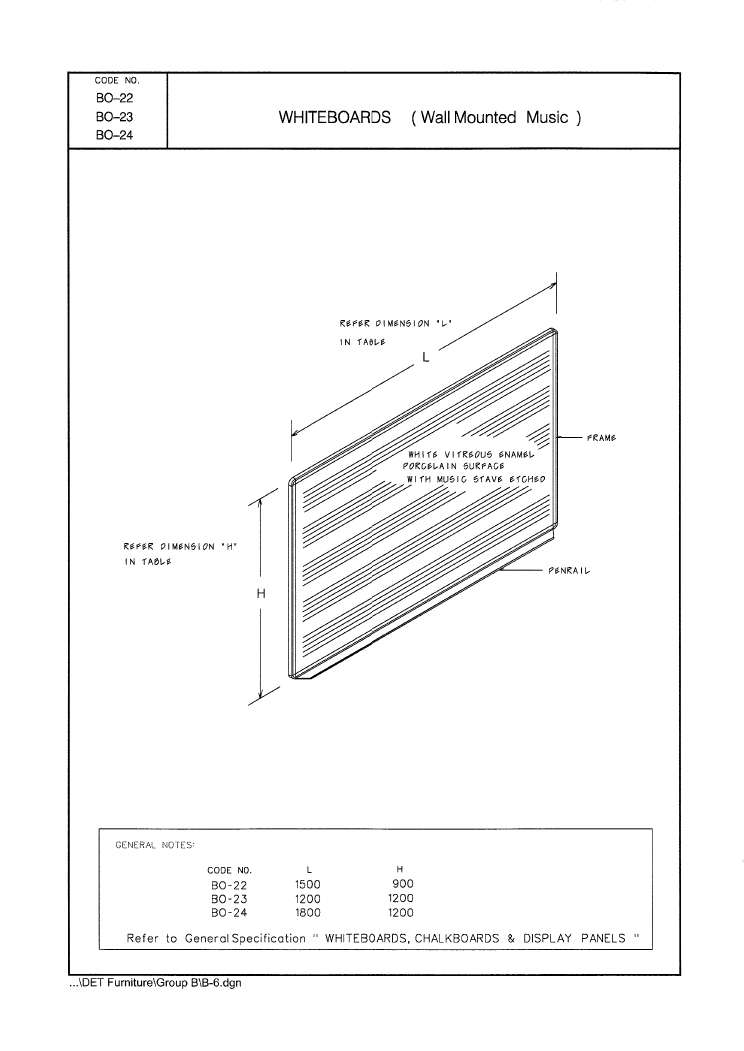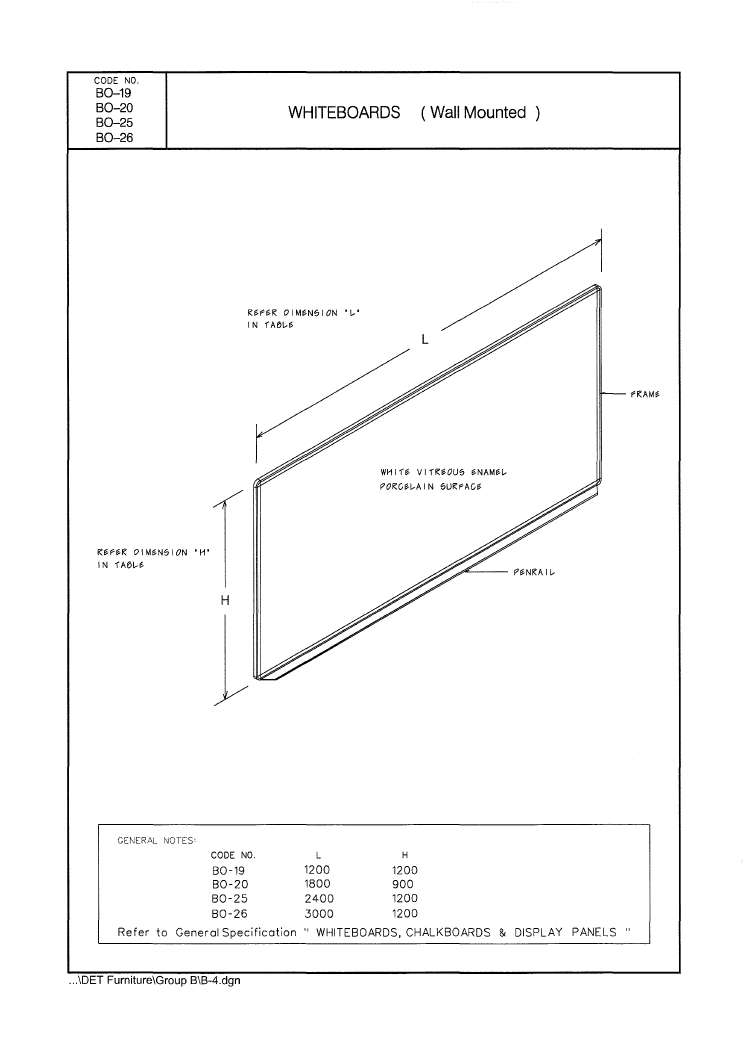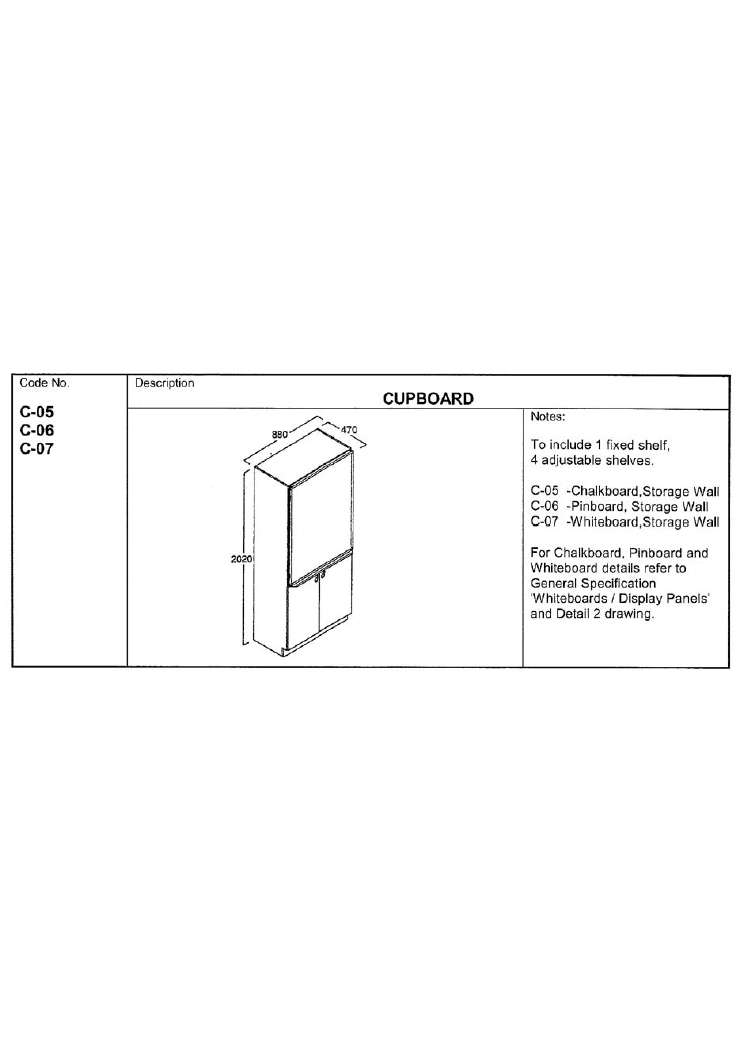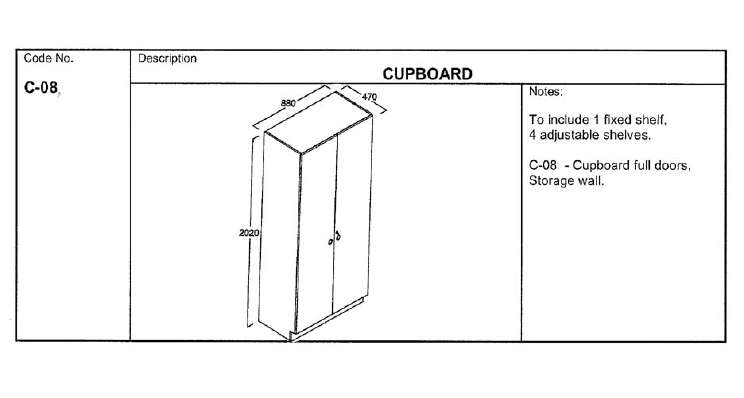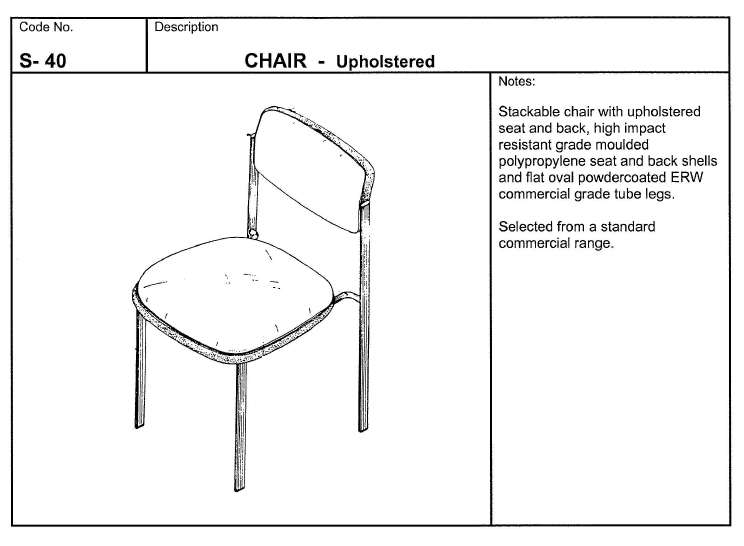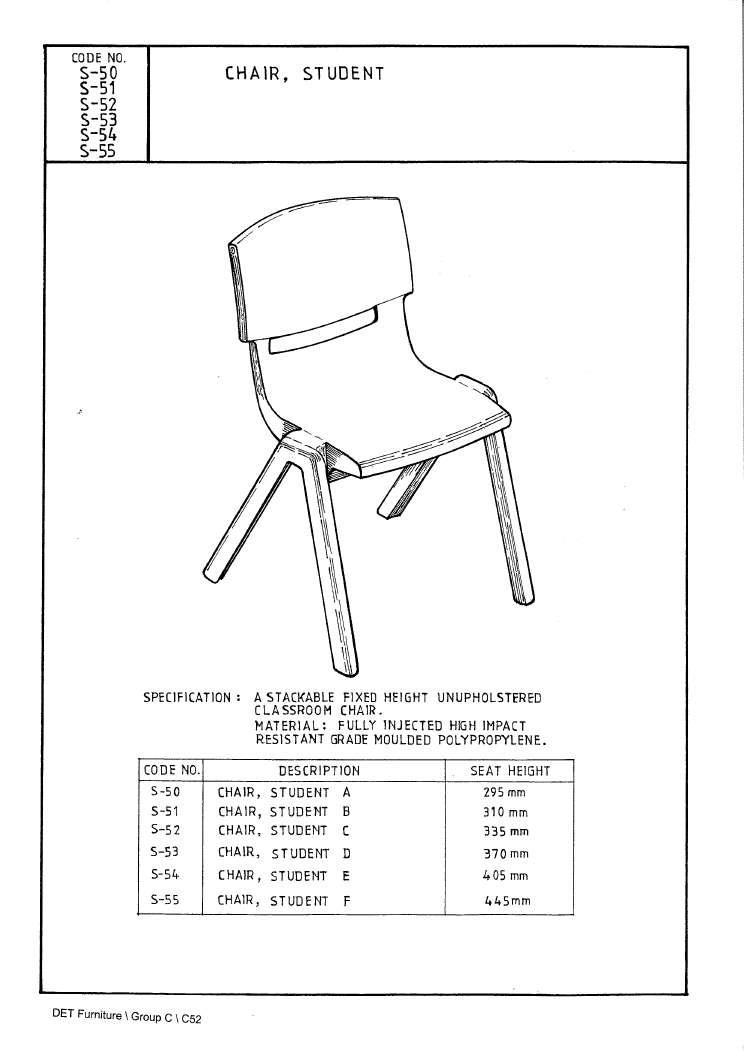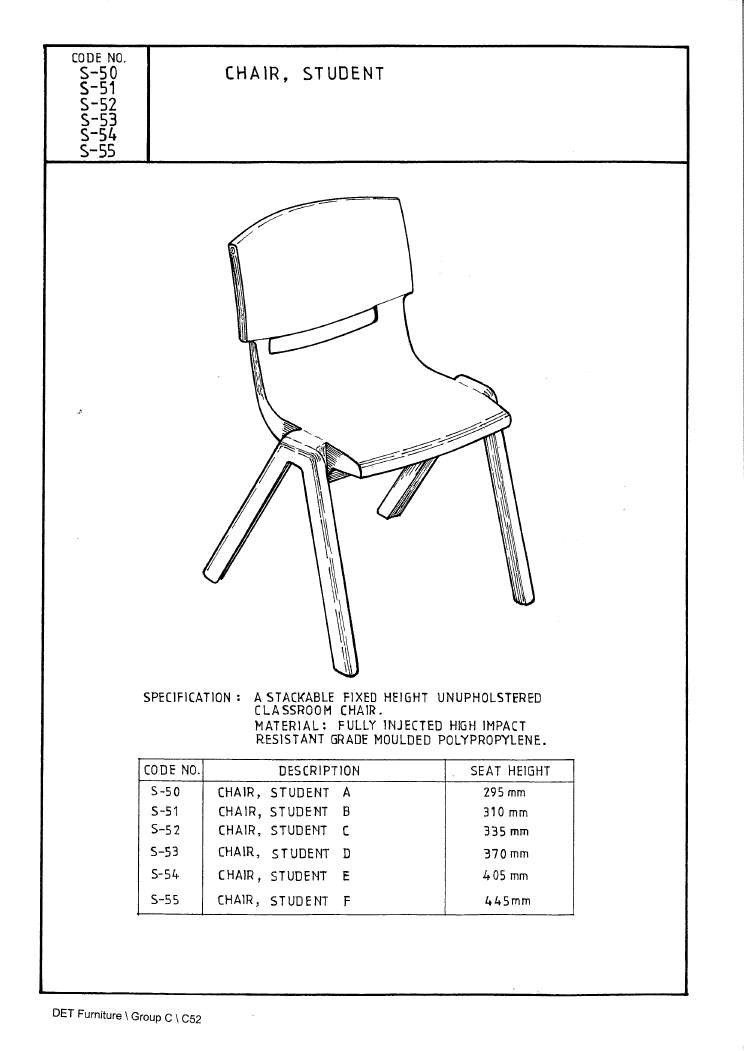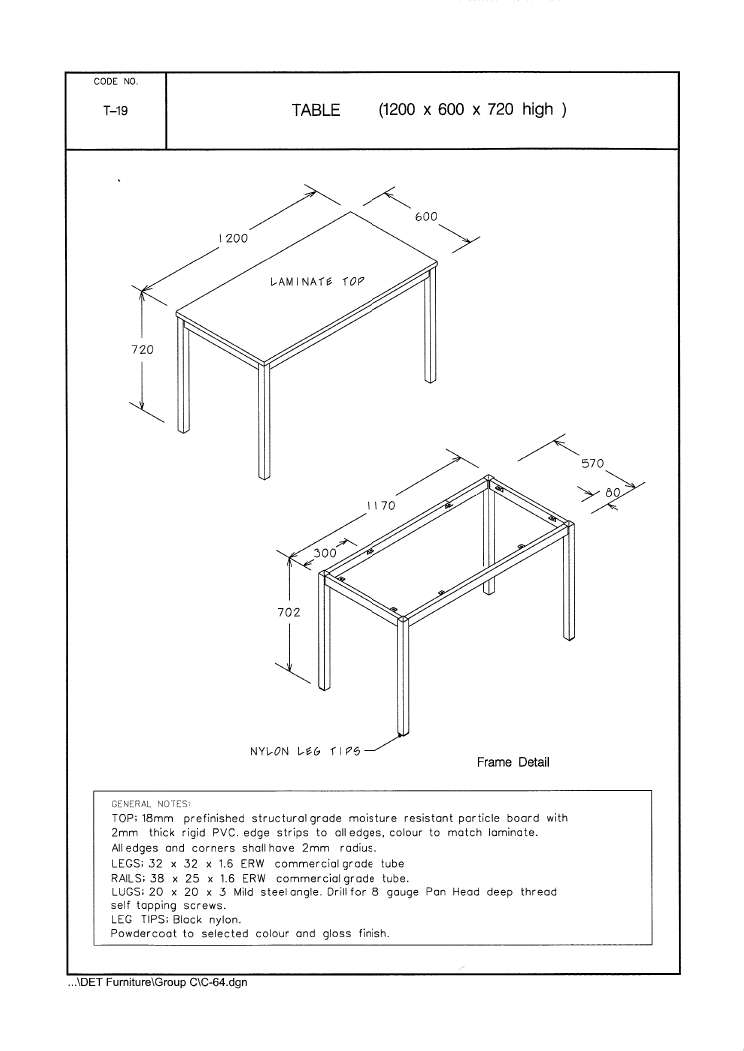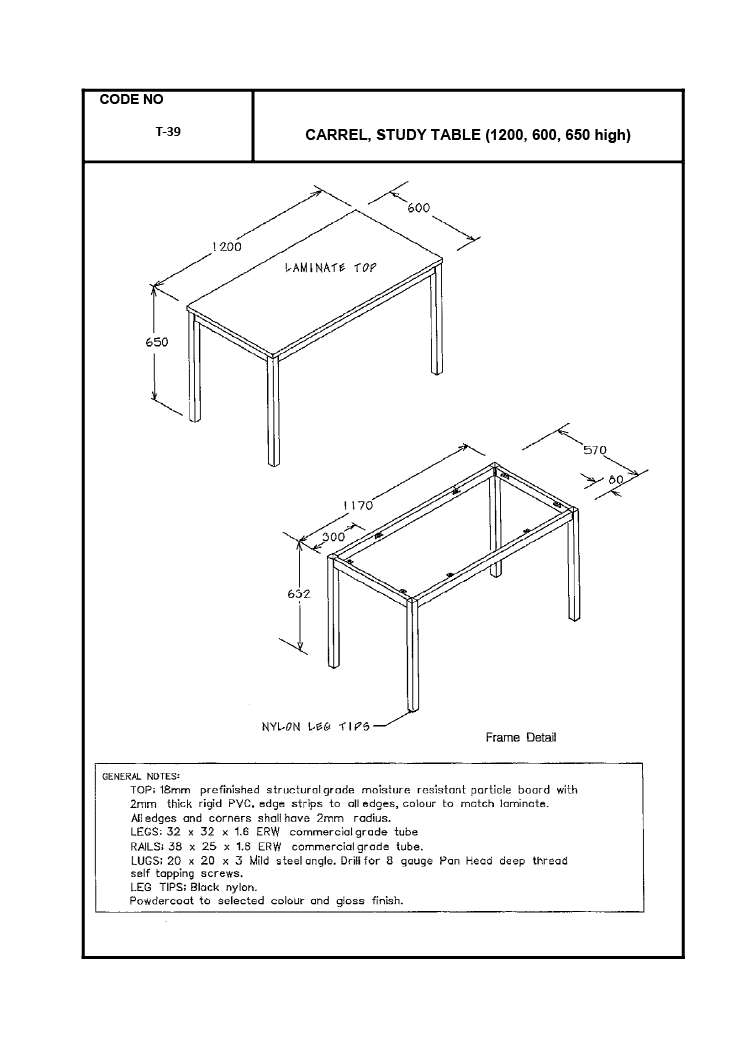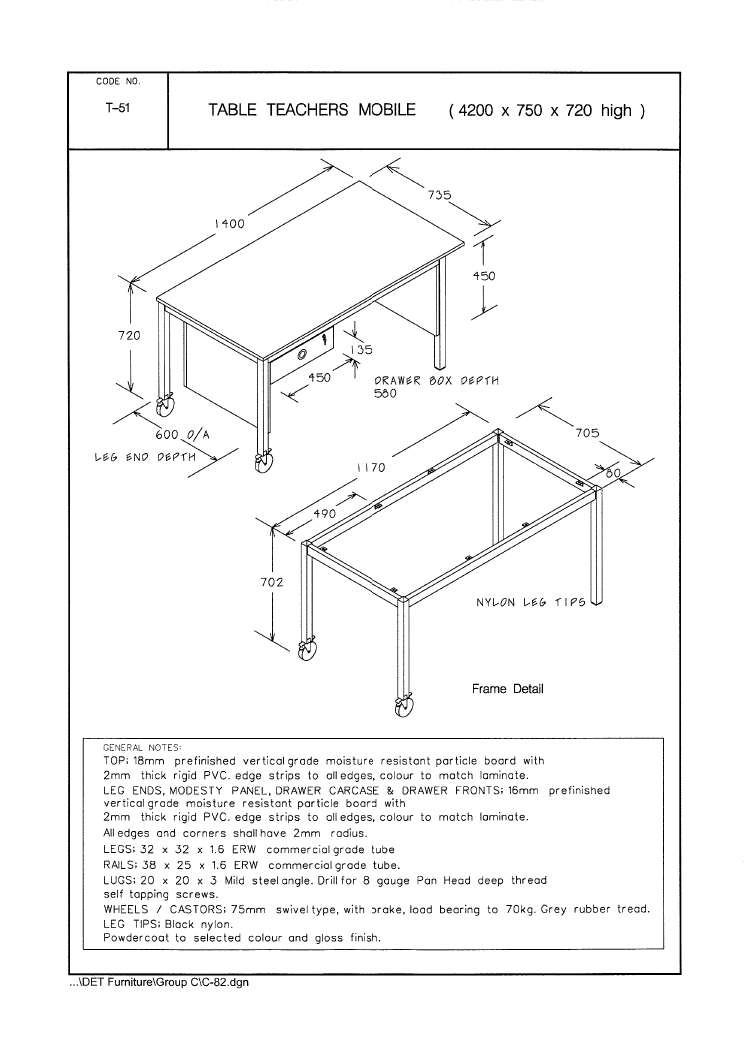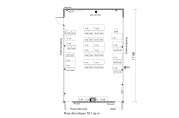This General Learning Space provides a learning space for up to 30 students and one teacher. It is designed to provide a learning area for Creative Arts and PD/H/PE learning experiences. The room can be configured to support a variety of seating plans for individual to large groups to support the teacher’s learning and social planning. Depending on this plan and furniture available, there is some scope for the teacher to modify settings during a session, however, it more likely they will need to plan settings in advance to minimise disruptions for students. The General Learning Space is suitable for small to whole class activities that include discussion, reading and storytelling, explicit teaching, demonstrations and rehearse and perform activities. Students can work independently or in small to large groups. Work samples and learning resources can be displayed.
FURTHER OPPORTUNITIES
Access to the Practice/Seminar Room provides an opportunity for teachers to plan learning experiences for independent learning groups and those requiring targeted teaching support. Connecting these learning environments and/or access to an outside learning area would also enable greater diversity of learning settings
LEARNING IMPLICATIONS
Given the size of the room and the amount of tables and chairs available, consideration will need to be given to acoustic and spatial implications depending on the number and size of groups and the types of learning activities planned. For small to medium sized groups consideration will need to be given to the types of performance activities e.g. singing, poetry, drama included in the learning space, and the size and types of resources used in explore, investigate, create, fabricate and construct activities that require a wet area.
Explore ideas, share and develop opinions, debate and decide.
This learning process is effective with small to large groups provided specific criteria can be met.
Display, exchange and encounter learning artefacts.
This learning process is effective with small to very large groups provided specific criteria can be met.
Teachers and/or students demonstrate, communicate ideas and/or teach explicitly.
This learning process is effective with small to very large groups provided specific criteria can be met.
Hands on interaction, experimentation and evaluation with materials to discover, design and test.
This learning process is effective with small to very large groups provided specific criteria can be met.
Implement, build or assemble systems and media.
This learning process is effective with small to very large groups provided specific criteria can be met.
Use written, graphical and digital resources to personally reflect, consolidate and/or enquire.
This learning process is for individual or small groups and is effective provided specific criteria can be met.
Practise, refine and execute performance based activity.
This learning process is effective with small to very large groups provided specific criteria can be met.
Ratings against the Design Criteria
All criteria regarding spatial layout, fit-out, visibility and acoustics can be met.
Most criteria regarding spatial layout, fit-out, visibility and acoustics can be met. Some consideration will need to be given to determine whether constraints on ease of use, group size or materials will compromise the learning outcomes.
Few of the criteria regarding spatial layout, fit-out, visibility and acoustics can be met. A lot of consideration will need to be given to determine how the constraints on ease of use, group size or materials can be overcome.
Very few of the criteria regarding spatial layout, fit-out, visibility and acoustics can be met. This space should only be used for this learning mode as a last resort.
This space is incapable of supporting this learning mode.
This learning process is not employed with this size group.
